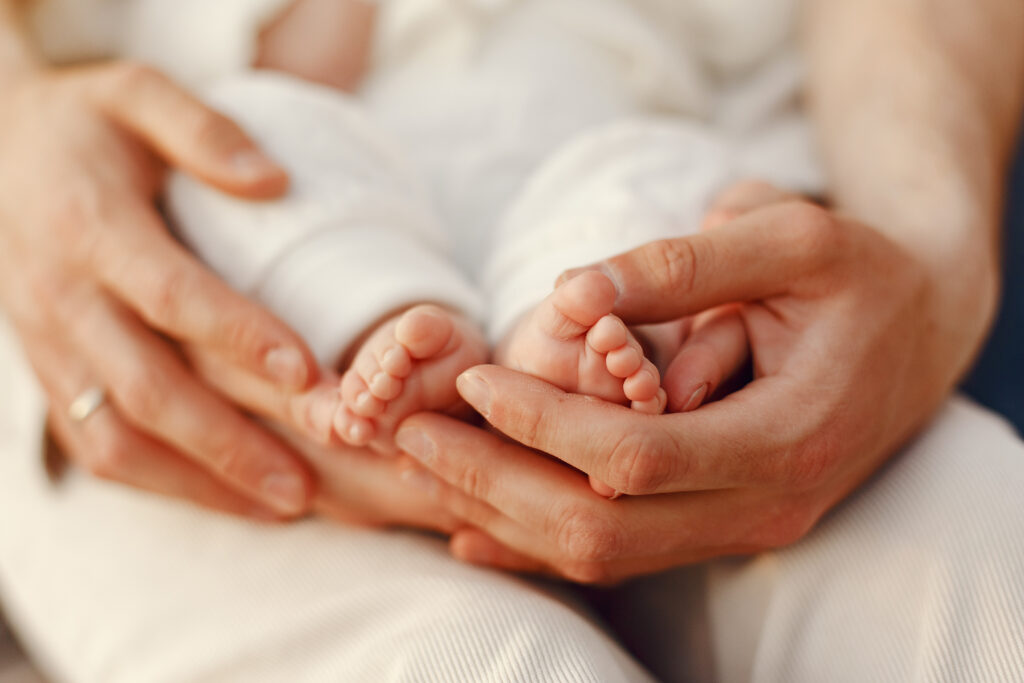How Your Attachment Style Affects Your Relationships?
Did you know that the way that your mother (or prominent caretaker) responded to you in times of distress during infancy affects how you relate in adult intimate relationships? The repeated attachment experience between infant and mother becomes a pattern, which leads to an attachment style.
Knowing about differing developmental attachment styles may help to explain why you and your partner perceive and respond to situations so differently. From the time that you were each born, you learned how to give love, receive love, hold back, hold in, let out, self-soothe, shut down, seek comfort, express yourself, or internalize your feelings given the experience from that very first bond.
Secure
A secure attachment is formed when the mother is in harmony with and emotionally attuned to her child. Adults who had this experience in infancy are able to be there for their partners during stressful times. They possess the vulnerability to allow their partner to soothe them as well. They enjoy being close and value honesty. People with this attachment style tend to avoid jealousy and dysfunction and typically live a balanced life.
Insecure Ambivalent
Insecure-ambivalent attachment happens when the mother is inconsistent in meeting the needs of her baby. Individuals with this ingrained attachment style are often obsessed with the idea of love. They are usually desperate and insecure and have a fantasy of being rescued. When they begin feeling insecure in the relationship, they become jealous and controlling. They typically suffer from low self-esteem and anxiety in regard to the stability of the relationship, which tends to push their partner away.
Insecure-Avoidant
Insecure-avoidant attachment forms when the mother is emotionally absent, inaccessible, and oblivious to her child’s needs. People who had insecure-avoidant attachments in infancy are typically emotionally distant from their partners. They are not capable of being vulnerable with their partner and often hide their feelings. These individuals prefer dealing with things on their own and avoiding conflict. They may be perceived as cold and selfish and are able to detach easily and isolate themselves.
Disorganized
Disorganized attachment occurs when the child is being physically and/or emotionally abused. Those who were subjected to disorganized attachment may end up in an abusive relationship themselves. They have trouble with intimacy but fear being alone. They are hot and cold, drawn toward drama, and have trouble maintaining relationships because of this turmoil.
*Once these styles are established, it is difficult but not impossible to change them. If you wish to do so, therapy can help. Please contact The Mental Gym for a free consultation!

